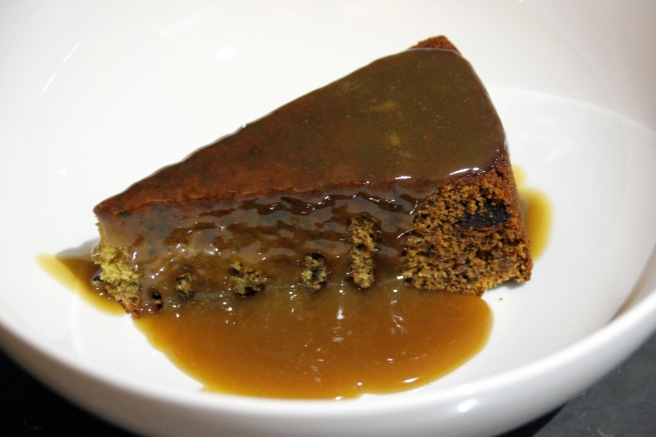
There always comes a point in Project Pastry where I feel comfortable enough to go out on my own.
I’m never going to be one of those people who don’t rely on recipes, but once I know the basics I like to give them my own spin.
After playing around with bread recipes for the past few weeks I wanted to have a crack at my own.
This is a basic loaf recipe with bits, but I’ve added some wholemeal flour in too to go along with the healthy theme.
Wholemeal flour can be harder to work with, quite literally. To overcome this, you need to “autolyse” the dough which means that you leave it for 30 minutes before your first knead. This gives the yeast time to kick in and also allow the bran to soften.
A full wholemeal loaf is a bit beyond me at the moment, so I’ve done a combination of white and wholemeal.
I loved the walnut and honey loaf I made a few weeks ago, so wanted to do another bread with bits.
We always have a lot of trail mix in our house in an attempt to keep away from chips, and when I was searching for some raisins I thought why not use this?
My mix has a combination of dried raisins, cranberries, almonds, hazelnuts, pepita seeds and sunflower kernels.
It tasted absolutely gorgeous – probably my favourite loaf so far!
Wholemeal trail mix loaf
300g wholemeal flour
200g strong white flour
7g sachet fast-action yeast
10g salt
150g trail mix or any combination of dried fruit, nuts and seeds
375g tepid water
In a large bowl, rub together the flours, yeast and salt. Make sure you keep the yeast and the salt at separate ends of the bowl so they don’t directly touch (remember, the salt will kill the yeast).
Add the water and trail mix, then mix together until you have a wet dough. Cover and leave for 30 minutes.
Once rested, tip out onto a lightly floured surface and knead for 10 minutes or until you have a soft, stretchy dough.
Cover and rest for 1-1.5 hours, or until doubled in size.
Once rested for the second time, turn the dough out onto a lightly floured surface and shape into a batard.
Prove one last time for 1 hour or until doubled in size again.
Preheat the oven to 240C with your baking surface inside for at least 30 minutes before you intend to bake.
Turn the oven down to 210C and bake for around 35-40 minutes or until a light golden brown.


